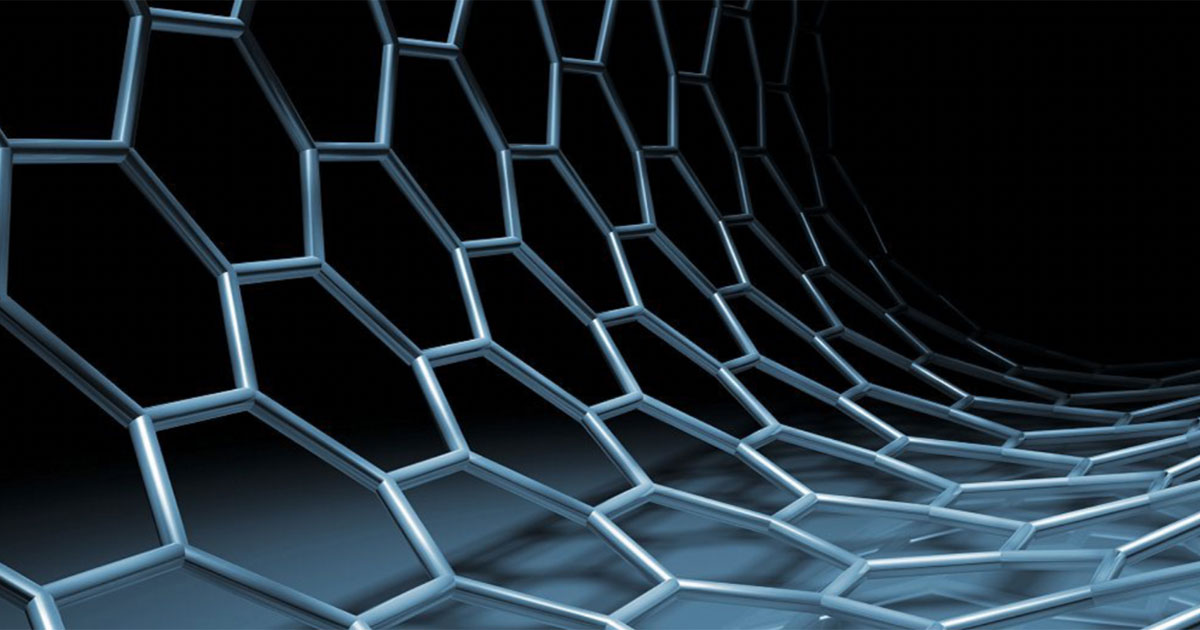Purafy’s proprietary and patented graphene products and applications revolutionize the power, capacity, and cost-efficiency of existing water filtration technologies. But how effective are they compared to other water filtration technologies commonly available? In this Purafy blog, we dive deep into the technology that has made the G10 cartridge, the SHIELD, and the PORTAGE truly revolutionary when it comes to the water filtration system market.
What are the different types of ultrafiltration?
Filtration is the process of separating contaminant particles from water molecules according to their particle size and by forcing the water to pass through a porous medium. The porous medium can be natural, like sand, gravel, and clay, which is typically used to remove larger particles (from 10 to 100 µm), or it can be a membrane that is commonly used to separate the smaller particles.
Different types of pressure-driven membrane technology are classified based on membrane pore size, including microfiltration (MF), ultrafiltration (UF), nanofiltration (NF), and reverse osmosis (RO).
How does Purafy’s filtration stack up against other methods?
Purafy’s advanced UF technology can remove almost every pollutant particle from water which is larger than 0.01 µm, except total dissolved solids (TDS), such as salts and metal ions (<0.01 µm).
Nanofiltration and Reverse Osmosis techniques are typically applied to remove multivalent (0.01-0.001 µm) and monovalent (<0.001µm) ions from water, respectively. The main disadvantage of NF and RO is the high cost and high energy consumption that is required to achieve transmembrane pressures for membrane function, which range from 50 to 200 PSI and 100 to 1000 PSI, respectively, while the pressure required for running the UF is 15-75 PSI. As such, Purafy’s G10 adsorption filter is designed to be an energy-efficient alternative to NF or RO, targeting the reduction of remaining, specific TDS ions from the clean water permeate produced from the UF membrane.
Why Purafy’s graphene technology is superior
Graphene is an incredibly strong and unique material, consisting of a single layer of carbon atoms bonded together in a repeating hexagonal pattern. Defect-free graphene is utterly impermeable, higher in tensile strength than even Kevlar, and 200x stronger than steel of similar mass.
Our business operations focus on developing water filtration technologies and products that utilize this revolutionary material. At Purafy, our mission is to make clean and safe water available to everyone, and the key to this improved water filtration lies in our proprietary graphene filters that disrupt traditional water filter technology.
To learn more about Purafy’s products and how the technology works, visit purafy.com
The authors wish to acknowledge the technical assistance and scientific support from the staff at the Centre for Advancement of Water and Wastewater Technologies at Fleming College and the professors from the Department of Chemical Engineering at Queen’s University, for the work they performed on this applied research project.

